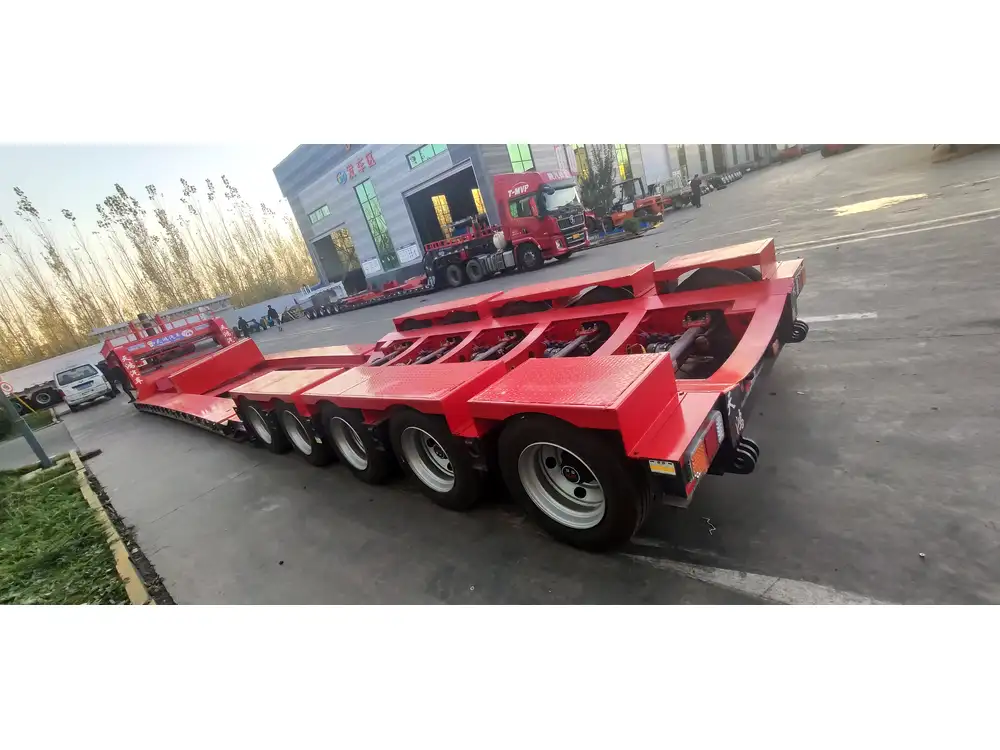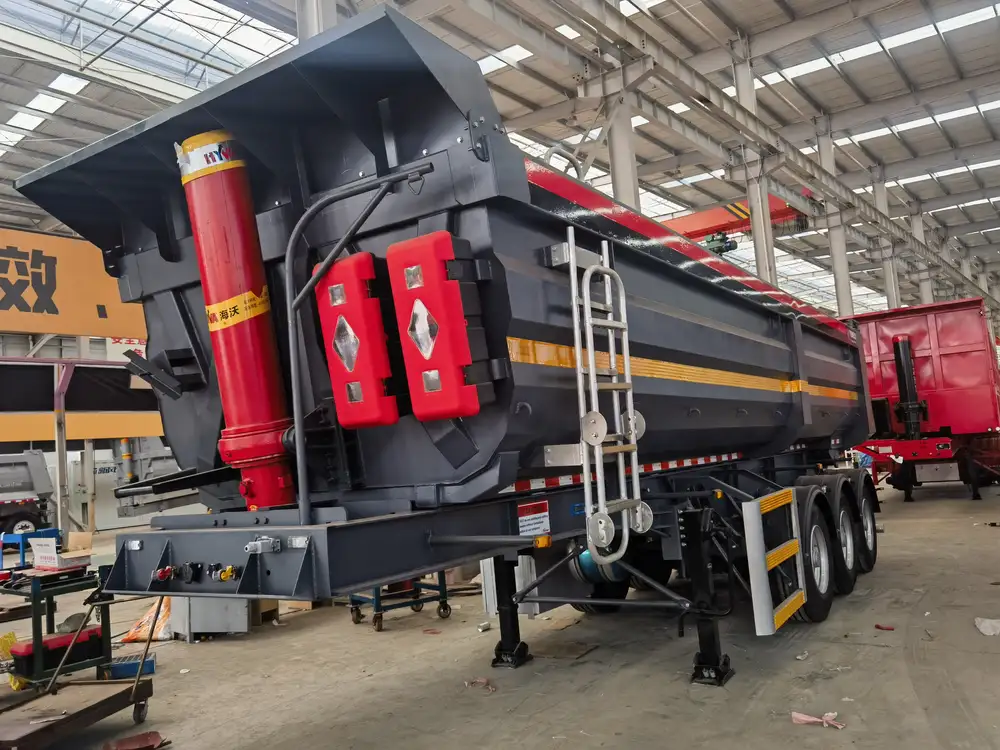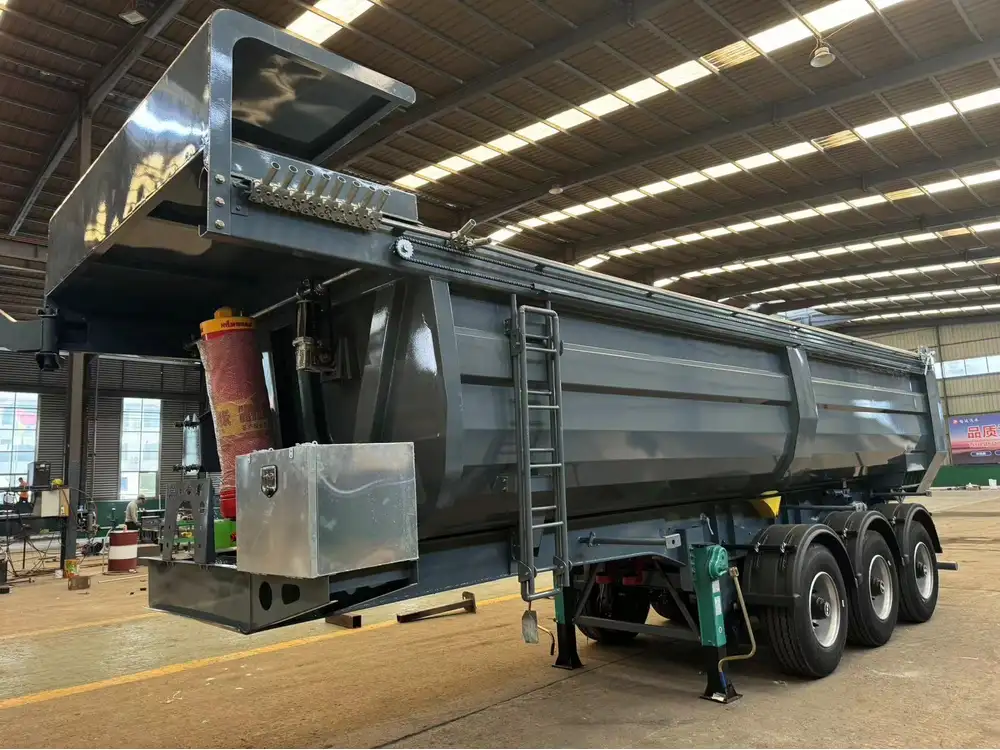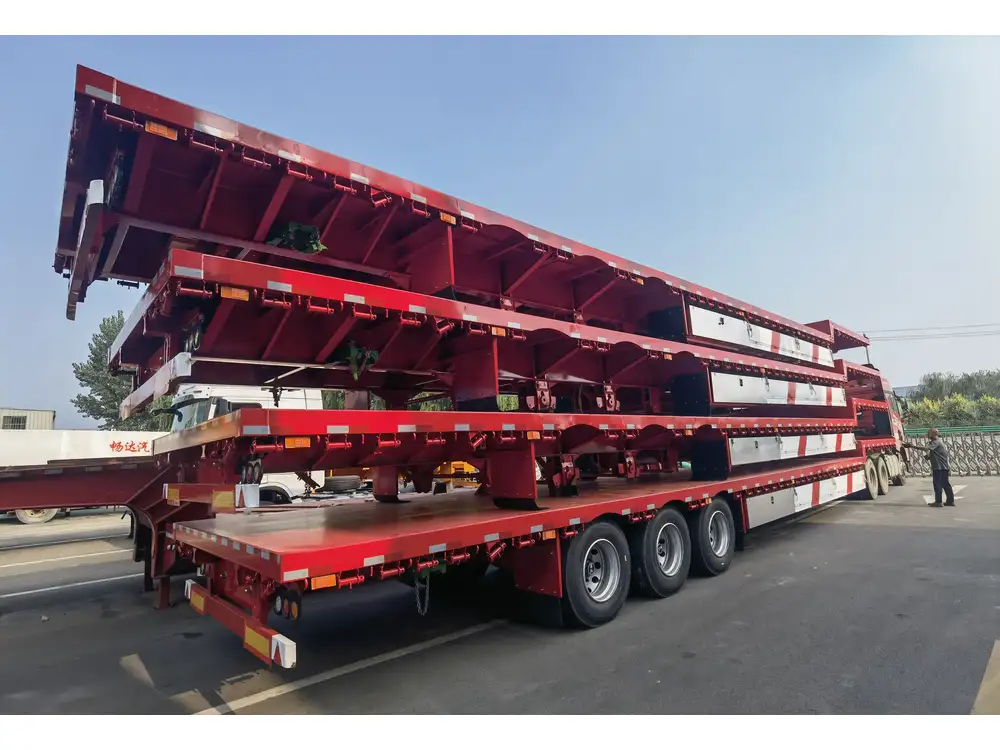Towing a semi-trailer on a dolly is a task that requires precision, knowledge, and careful execution. Whether you’re transporting a large load across states or simply relocating equipment, understanding the ins and outs of the process can save you time and reduce the risk of accidents or damage. In this guide, we will delve into every aspect you need to consider when towing a semi-trailer on a dolly, from choosing the right equipment to executing the tow effectively.
Understanding the Equipment
What is a Dolly?
A dolly, in the context of towing, is a specialized wheeled platform designed to support a semi-trailer while allowing it to be towed by a towing vehicle. This can include various configurations, such as a two-wheel tow dolly, which specifically allows for easier maneuvering of the trailer’s rear axles. Understanding the types of dollies available and their specific purposes is crucial before attempting to tow.

Types of Dollies
| Type | Description | Suitable For |
|---|---|---|
| Two-Wheel Dolly | Supports the front of the trailer and allows for easier towing. | Light to medium-duty trailers. |
| Four-Wheel Dolly | Provides additional stability and weight distribution. | Heavier loads needing balance. |
| Auto Dolly | Specifically designed for vehicles, allowing easy transport of cars. | Towing vehicles rather than traditional trailers. |
Pre-Towing Preparations
Assess the Weight and Load Balance
Before embarking on a towing journey, assess the weight of the semi-trailer you intend to tow. The combined weight of the trailer and the dolly must not exceed the towing capacity of your vehicle. Additionally, consider the weight distribution; an imbalanced load can lead to dangerous swaying and affect braking performance.

Check Your Towing Vehicle
Ensure that your towing vehicle is adequately equipped for the task. Key considerations include:
- Towing Capacity: Verify the maximum weight your vehicle can safely tow, including the dolly and trailer’s weight.
- Hitch: Confirm that the hitch is rated for the weight you plan to tow and is properly installed.
- Brakes: Trailer brakes can significantly improve towing safety, especially for heavier loads. Check that these systems are functioning correctly.
Legal and Safety Regulations
Familiarize yourself with local and federal towing regulations. These laws often dictate safety requirements for hitching, braking systems, and weight limits. Compliance is not only essential for safety but can also prevent legal issues during your journey.
Step-by-Step Towing Process

1. Preparing the Dolly
Before attaching the semi-trailer to the dolly, ensure that the dolly is in good condition. Check the following:
- Tires: Ensure that they are properly inflated and free from damage.
- Coupler: The mechanism should move freely without any hindrance and lock securely.
- Lights: Confirm that all lighting systems are operational, including brake lights and turn signals.
2. Attaching the Dolly to the Semi-Trailer
To safely attach the dolly to the trailer, follow these steps:
- Align the Dolly: Position the dolly in front of the trailer so that the coupler aligns with the trailer’s kingpin.
- Raise the Dolly: Some dollies come with a crank handle to raise them. Adjust it until the coupler fits snugly over the kingpin.
- Secure the Connection: Lock the coupler in place and test the security by gently tugging backward.
3. Connecting the Electrical System
Once the dolly is securely attached, connect the electrical wiring:
- Plugging in: Connect the dolly’s wiring harness to the trailer’s system to ensure that all lights communicate effectively.
- Testing: Before heading out, test the lights and signals to ensure proper functioning.

4. Load Distribution and Weight Management
Ensure the load is evenly distributed across the trailer. Improperly loaded trailers can lead to instability and unpredictable handling.
5. Driving with a Tow
When driving with a dolly and semi-trailer, adhere to the following recommendations:
- Increase Stopping Distance: The additional weight requires longer stopping distances. Anticipate halts early.
- Take Turns Widely: With increased length, turning may be more complex. Plan your maneuvers accordingly.
- Watch for Sway: Be vigilant for any swaying, especially while changing lanes or traveling on uneven surfaces.
Maintenance Considerations

After Towing Checks
Once the towing journey is complete, conduct a thorough inspection of both the dolly and the trailer:
- Examine Tire Wear: Look for uneven wear patterns or damage that may need addressing.
- Inspect the Coupler: Ensure that it remains securely fastened and is free from any wear or damage.
- Clean the Electrical Connections: Check for corrosion or dust that could affect performance.
Regular Maintenance Schedule
To ensure longevity and safe operations, create a maintenance schedule encompassing:
- Weekly Visual Inspections: Look for any signs of wear and tear.
- Monthly Mechanical Checks: Inspect tires, brakes, and couplers.
- Annual Servicing: Have a mechanic conduct a detailed inspection and servicing of the dolly and trailer.
Common Challenges and Solutions

Swaying Trailer
Problem: Especially common when encountering strong winds or abrupt lane changes, a swaying trailer can pose a severe risk during transit.
Solution: Install sway control systems or anti-sway bars that help maintain trailer stability. Speed control and gradual acceleration can also mitigate swaying issues.
Uneven Weight Distribution
Problem: An improperly loaded trailer can lead to disbalance, making steering and braking significantly harder.
Solution: Routinely check load balance before starting your journey. Re-position cargo as necessary to maintain an even center of gravity.
Electrical System Failures
Problem: Occasionally, trailers may experience electrical system failures affecting lighting or braking signals.
Solution: Carry spare fuses and wiring kits for quick repairs. Conduct regular checks before long trips to preempt issues.

Safety Tips for Towing
- Stay Within Speed Limits: Towing should be conducted within designated speed limits, considering the additional weight and length.
- Use Mirrors Effectively: Install extended mirrors if needed for better visibility.
- Avoid Sudden Movements: Smooth acceleration and braking reduce the chances of losing control.
- Check Weather Conditions: Poor weather can complicate towing; adjust your driving accordingly.
Conclusion
Towing a semi-trailer on a dolly demands a comprehensive grasp of the equipment, proper techniques, and continual vigilance for safety. By following the structured approach outlined in this article and adopting best practices, you can navigate the complexities of towing with confidence. Not only will these strategies facilitate smoother operations, but they will also enhance safety on the road, protecting both your cargo and those commuting nearby. Whether you’re a seasoned professional or a newcomer to towing, our guide provides the foundation necessary for successful transport operations.
Crafting safe and efficient towing practices isn’t just a routine; it’s a commitment to excellence in transportation maintenance and execution. Maintaining diligence, adhering to regulations, and ensuring that both equipment and practices are up to standard will guarantee an efficient experience on the road.



